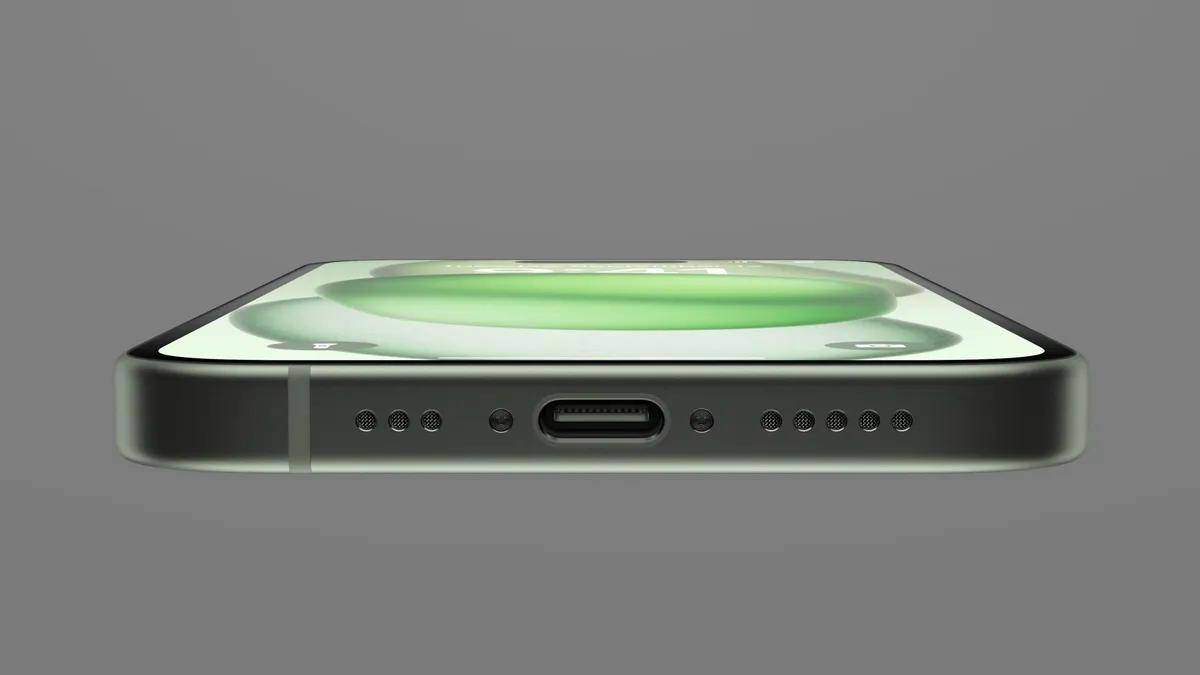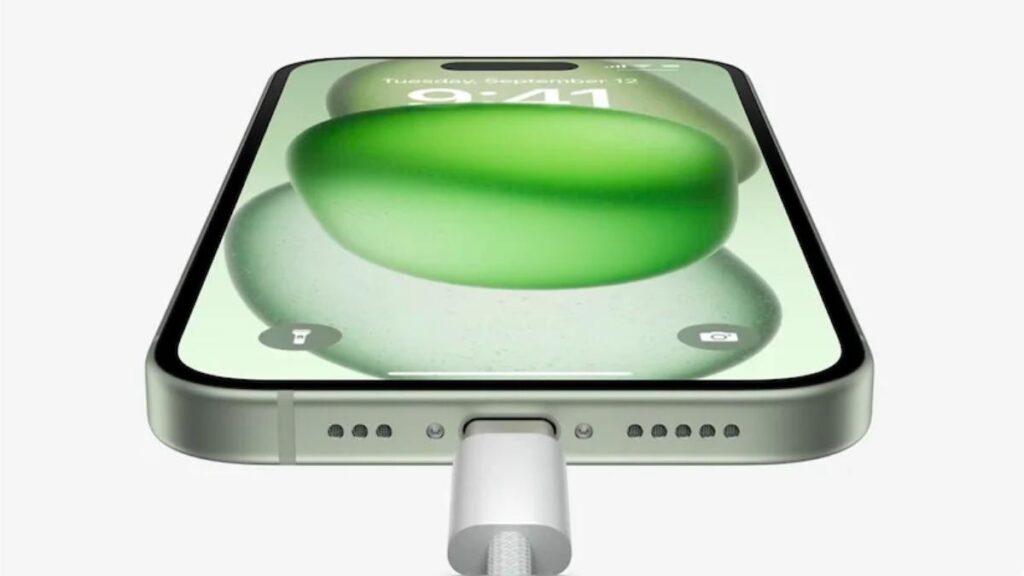
The new iPhone 15 series brings a USB-C port instead of a Lightning port and since this will be the first line of iPhones to get this new socket, you may want to know why Apple changed it now, and how it benefits you. Especially, if you are a long-time iPhone user who has a lot of Lightning cables for iPhones and other Apple products, you may be confused, if not upset over this change. Why is USB-C on iPhones now and what should you do?
So, let’s help you understand the relevance of USB-C on iPhone 15 and possibly other iPhones in the future.
Why Apple shifted to USB-C on iPhone 15?
Apple was forced to adopt USB-C on iPhones as the European Union mandated all phones should have this universal charging port by autumn 2024. Even India has a similar rule that orders all electronic devices to adopt USB-C by March 2025.
Although Apple initially argued this decision would stifle innovation, it eventually had to yield.
But, why is USB-C considered the common charging port?
iPhone with USB-C benefits
- One cable for all Apple devices: USB-C cable will be the one to charge and data transfer for iPhone 15 series, Macs, AirPods Pro 2nd gen, iPads, etc. Just so you know, Apple was one of the early adopters of USB-C on its 2015 MacBook.

- Cross compatibility with Android cables: iPhone 15 and later iPhones with USB-C will be chargeable using USB-C cables from non-Apple devices. Android world has phones with USB-C since 2015 so you have more cable options. You don’t have to carry around or ask for a Lightning cable.
- Faster charging and data transfer: USB-C on vanilla iPhone 15 and iPhone 15 Plus is of USB 2.0 standard which means the same data transfer speeds as Lightning at 480 Mbps. However, the iPhone 15 Pro and iPhone 15 Pro Max support USB 3.0 standard. This offers about 10x faster data transfer speeds than USB 2.0 at 10 Gbps.
USB 3.0 is also capable of charging faster at 0.9A of output compared to 0.5A of USB 2.0. However, Apple notes the iPhone 15 Pro and Pro Max can charge 50% in 30 minutes, which is the same as its predecessors. This could be because it supports the same 20W adapter. - External display support: You could connect the iPhone 15 series to external displays using a USB-C cable and stream at 4K HDR resolution and 60Hz refresh rate. You will be able to watch videos as well as edit videos on a bigger screen. The only condition is that both the cable and the display should support DisplayPort.

- Spend less on cables: Since it will be a one-cable-fits-all situation, you won’t have to buy separate cables for different Apple products and for non-Apple products. EU commissioner Thierry Breton says this shift of iPhones to USB-C would help Apple consumers save around 250 million euros a year.
Since you have more USB-C cable options, you could get to save more compared to Lightning. - Less e-waste: If you see it from an ecological standpoint, the fewer cables you buy or have with you, the less electronic waste you contribute. However smaller carbon footprint that results in, it would be good for the environment, nonetheless.
These are the reasons why some users would find the iPhone USB-C shift to be lightning in the bottle.

Finally, if you are wondering what happens to the Lightning cables, you can connect them to a USB Type-C port with a USB-C to Lightning Adapter. Apple sells one for Rs 2,900. You can also check out other third-party alternatives. You could also send them to recycle.
The post 6 benefits the USB Type-C will bring to iPhone 15 series first appeared on 91mobiles.com.
from 91mobiles.com https://ift.tt/qH5Gyfe




![tTorrent Ad Free Pro Apk [Latest]](https://blogger.googleusercontent.com/img/b/R29vZ2xl/AVvXsEgjcrLysU0qIvlLhmpUMn9_VbPwFKIWKkKyqWb_gAHSC-lFbgzBRZksHccGVpWYuBEOF1fghNUq9ZAU1EXfRtkRRrmx5joDVqoiXfvDmFFb4romeDJcwmGD8kk3XpaXVmgND9fJ5RZ8eIE/w680/tTorrent-Pro-Apk.jpg)

